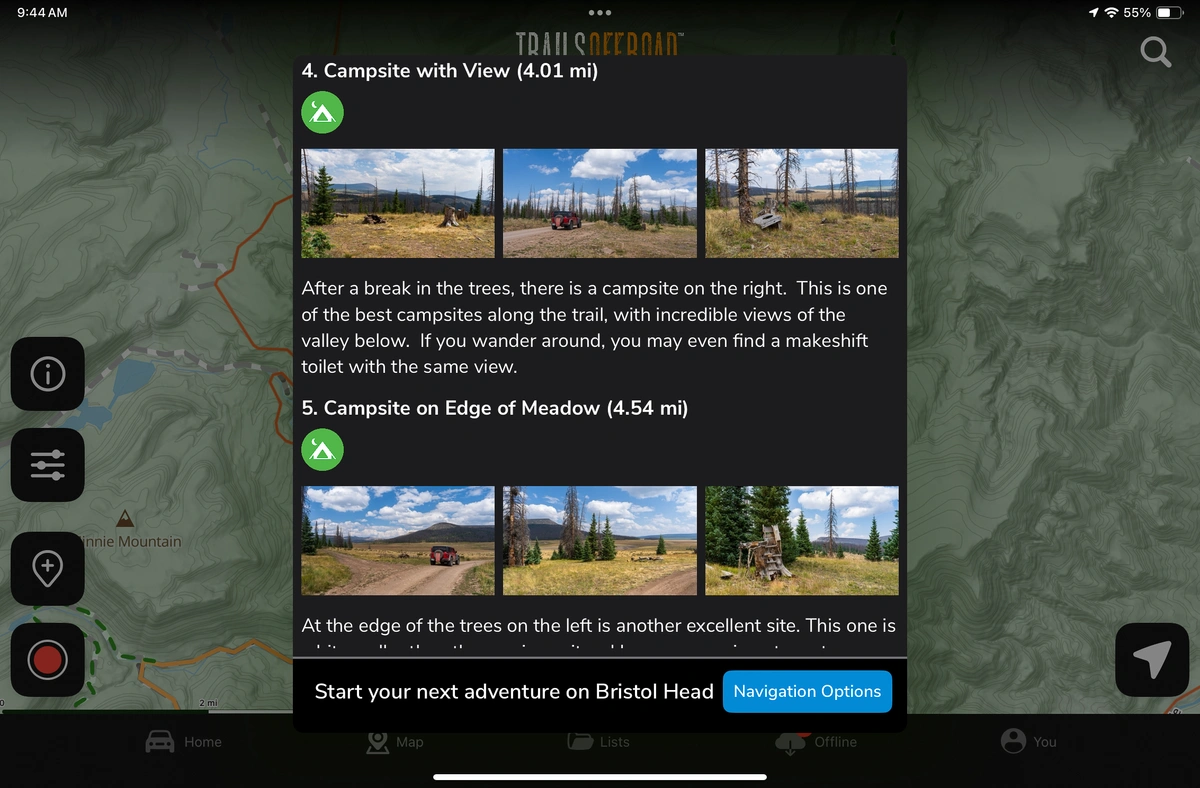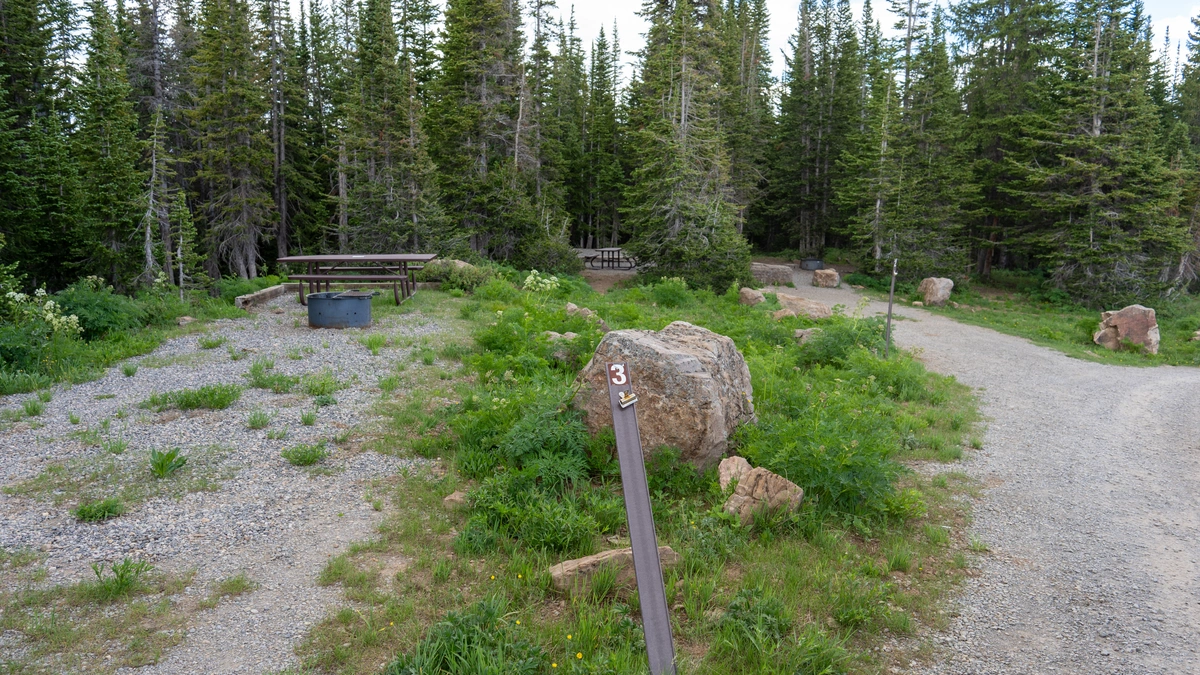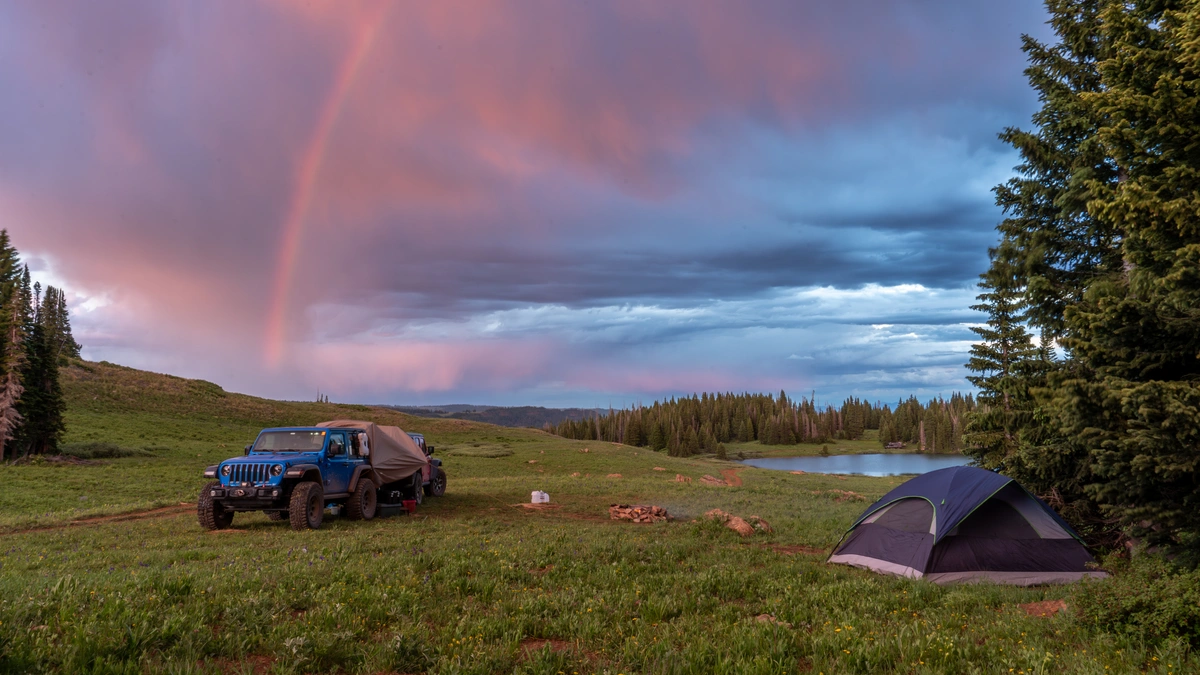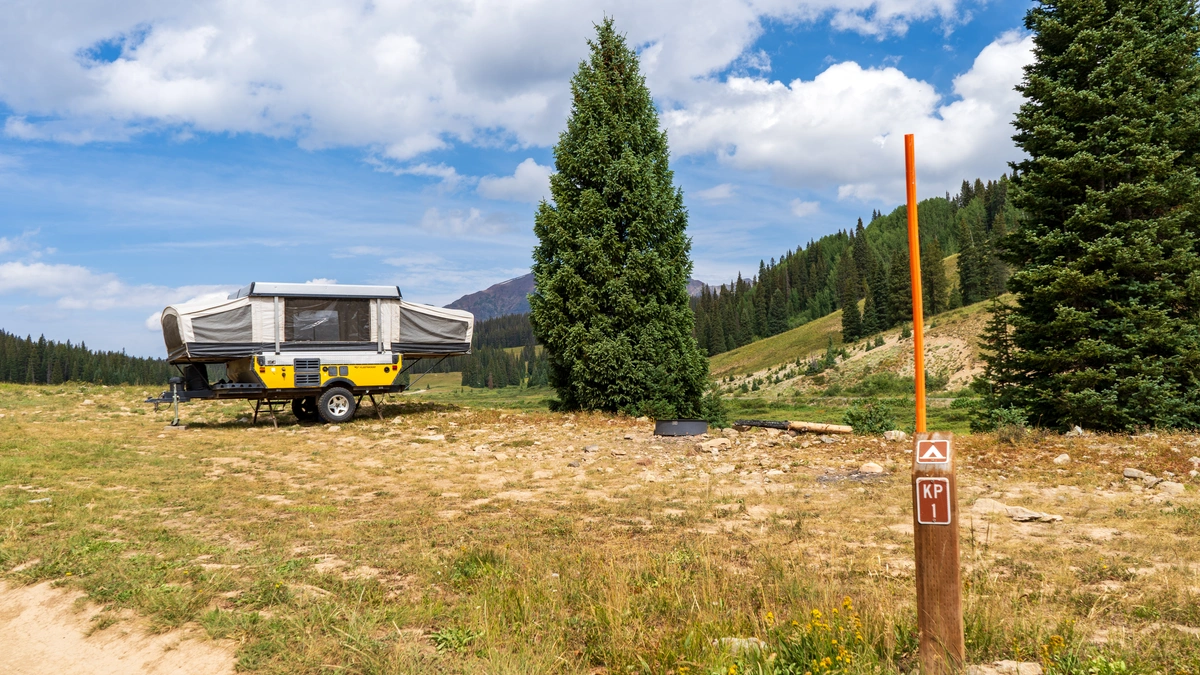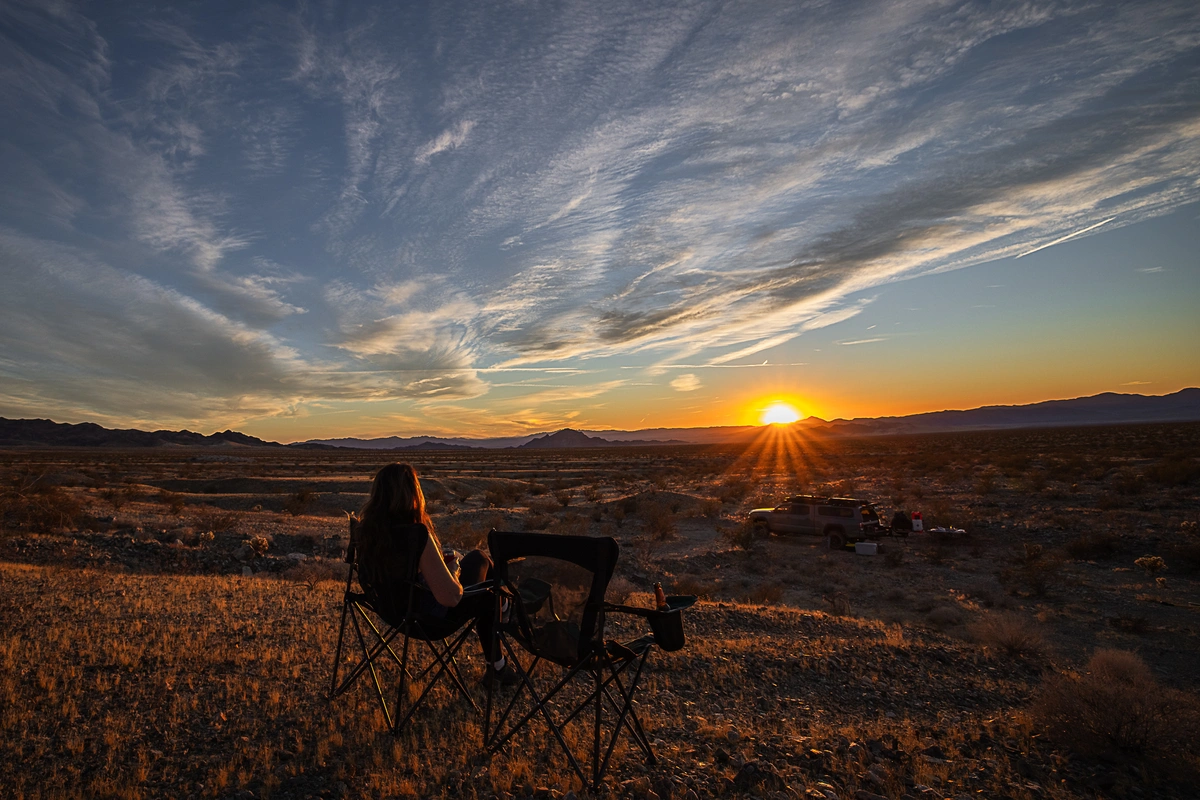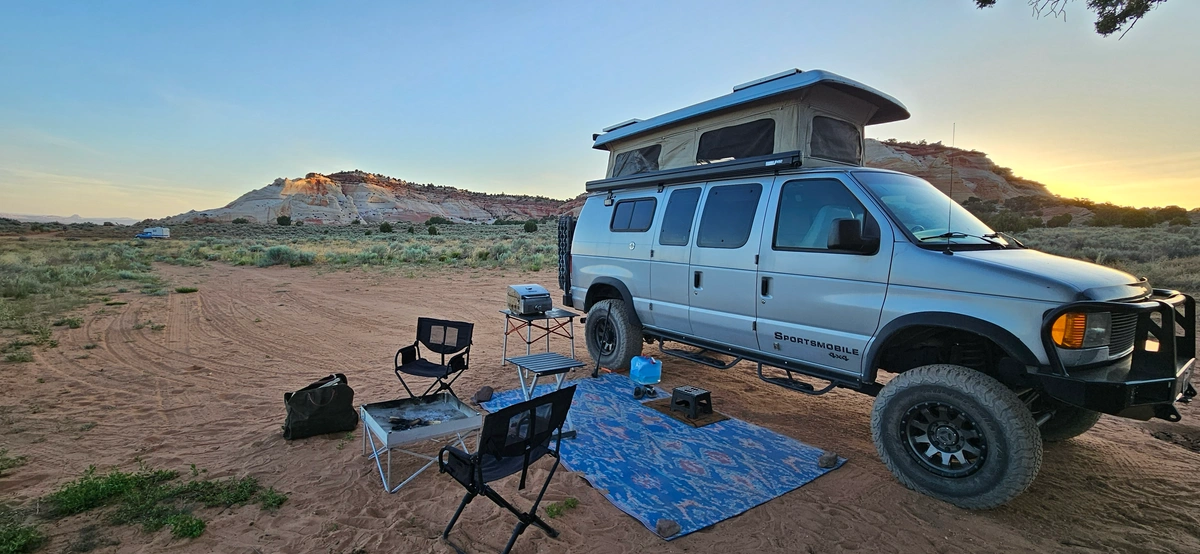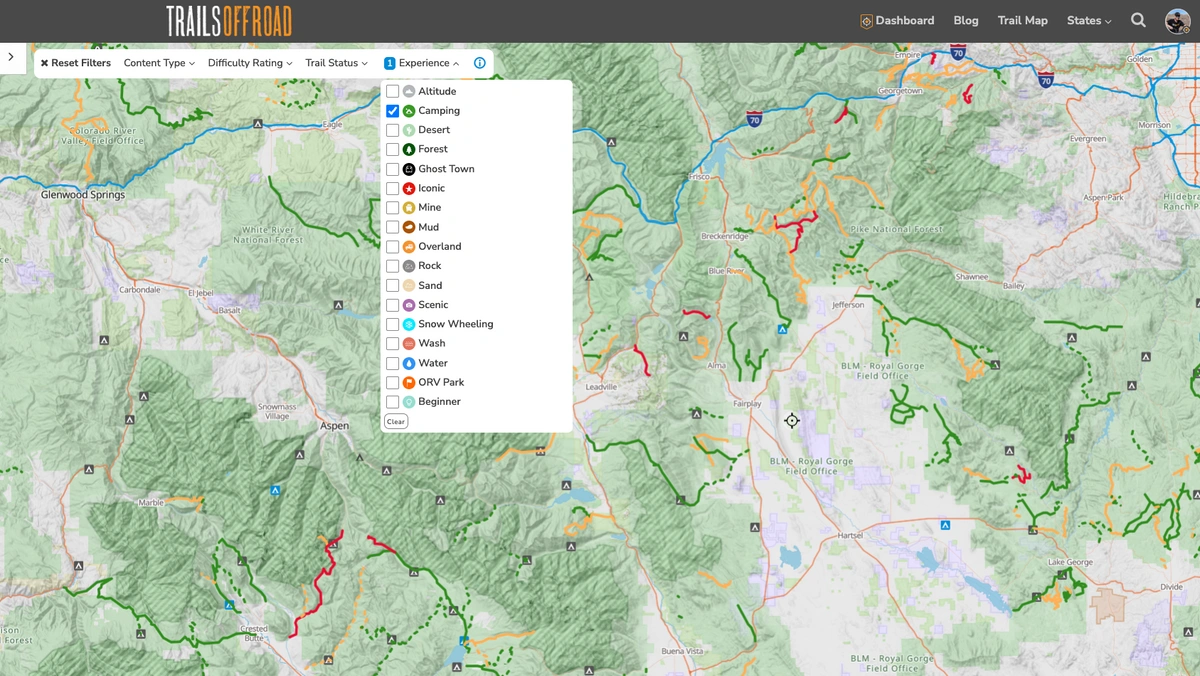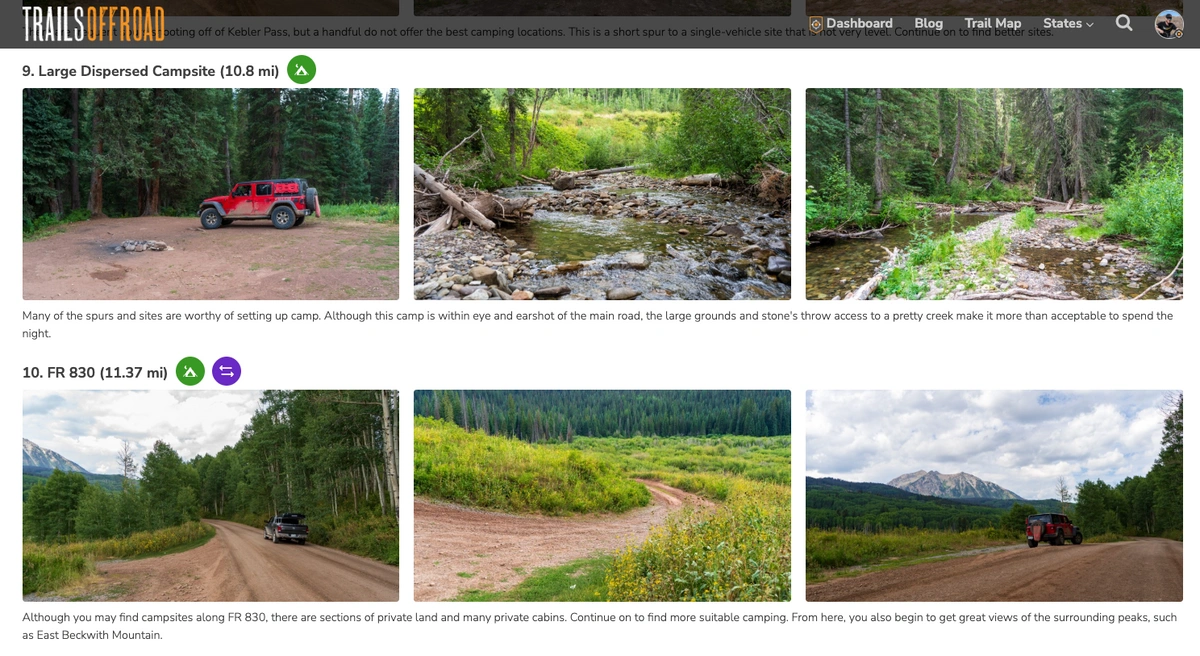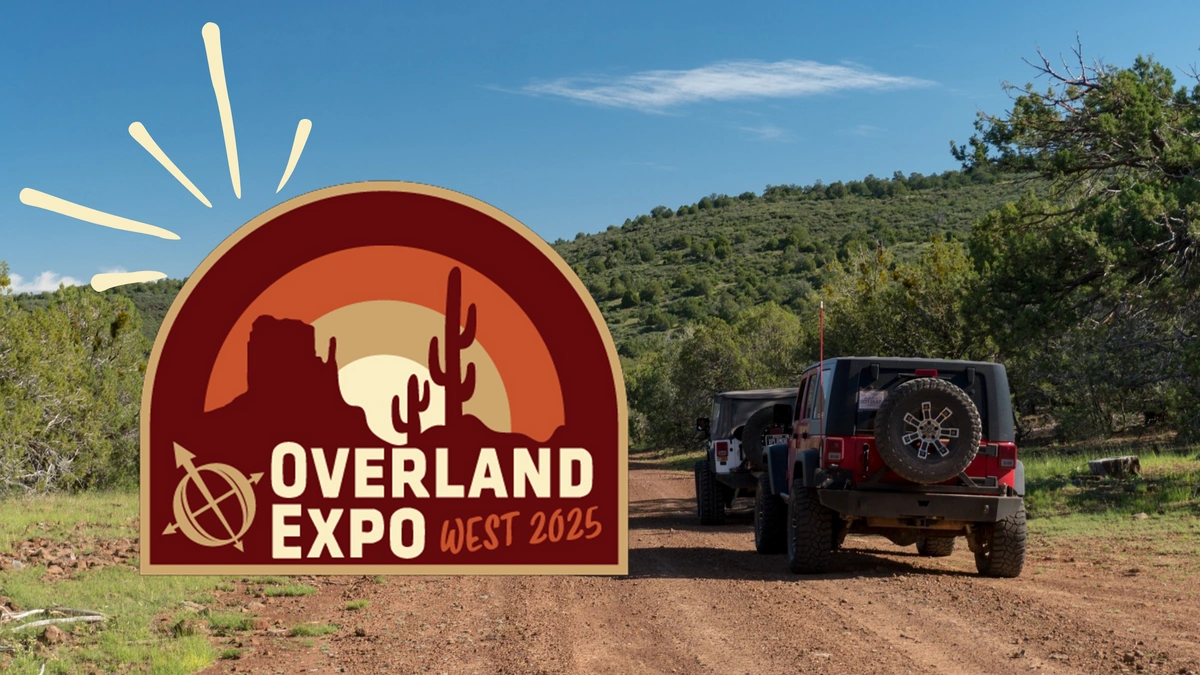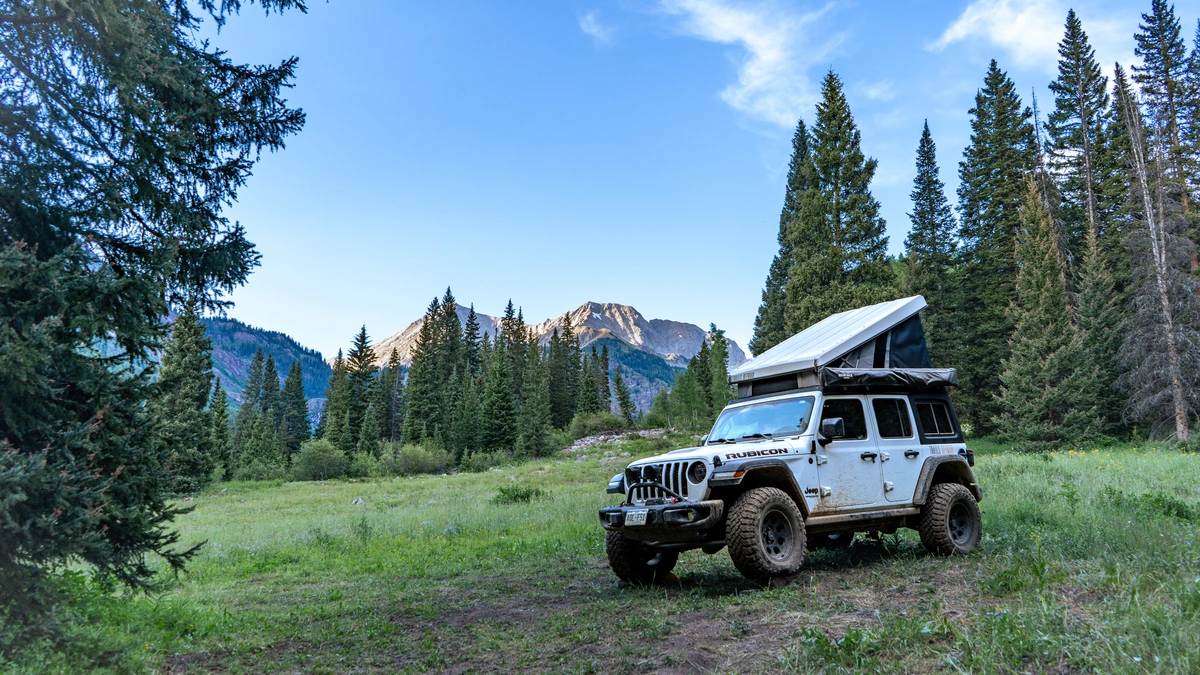
Why We Document Dispersed Campsites on Trails Offroad™
Every feature on Trails Offroad™ has a story behind it. These features were born from real experiences, lessons learned, and the desire to make offroad adventures better. This is the story behind one of our most valued features: dispersed camping waypoints.
What Is Dispersed Camping—and Why Does It Matter?
If you're the kind of person who prefers solitude, starry skies, and the sound of wind through the trees instead of campground chatter, you're probably a fan of dispersed camping. But not all camping is created equal. Here’s a quick overview of the different types:
Improved Camping – Numbered sites with amenities like picnic tables, fire rings, restrooms, and often, a fee. Can be reservable or first-come, first-served spots.
True Dispersed Camping – No reservations, no infrastructure, just you, public land, and picking a suitable spot. Rules vary widely across agencies, districts, and field offices.
Designated Dispersed Camping – A new, up-and-coming regulation type. Essentially the same as dispersed camping except you cannot camp anywhere you want, you must camp in designated, marked campsites only.
The Problem with "Dispersed Camping" on Maps
Let’s be honest—finding great dispersed campsites is hard. Apps and maps may tell you that dispersed camping is allowed in a given area, but they rarely tell the whole story. Maybe the terrain is too steep. Maybe it's overgrown, closed, or simply lacks that magic “ambience” we all seek. And if you’ve ever arrived late to a site hoping for a sunset setup only to find nowhere flat to pitch a tent, you know how frustrating it can be.
We’ve been there too.
The Day Everything Changed
Back in 2016, while exploring Colorado’s Transfer Trail, we relied on an MVUM (Motor Vehicle Use Map) that showed dispersed camping was permitted. With that in mind, my buddy and I hit the road late, confident we’d find a peaceful meadow or shady forest nook.
But reality had other plans.
What looked promising on the map turned out to be rocky, sloped, and completely unsuitable for camping. Hours later, exhausted and disappointed, we finally found a flat patch of dirt to crash for the night.
That trip taught us a lesson. From that point forward, our Trail Guides began including real-world, pre-disturbed dispersed campsites, complete with waypoint coordinates and brief descriptions. Not just “allowed camping zones,” but actual usable, boots-on-the-ground sites. Because we knew other people were relying on these guides the same way we had.
Why This Matters for You
We built Trails Offroad™ because we were tired of being “burned” by maps. Government data doesn’t always reflect the on-the-ground reality. It doesn’t account for scenery, slope, access, or practicality. You never really know what you’re getting until you're already there—and that’s not good enough when you're planning an overland trip.
That’s why we strive to provide relevant, verified, and current information in every guide. Not just trail difficulty and POIs (points of interest), but camping spots you can actually count on.
The Takeaway
Don't get fooled by a map. Trust firsthand experience. The Trails Offroad™ community exists to share knowledge that makes a difference, like saving you from a disappointing night on a hillside.
Your next adventure deserves better. And we’re here to help you find it.
How to Find Dispersed Camping on Trails Offroad™
Step 1: From map page on the web, or screen on the app, filter to “camping”. This will show you most of the trails that have dispersed or designated camping sites.
Step 2: Open up a Trail Guide and browse the actual campsite with photos and descriptions.
